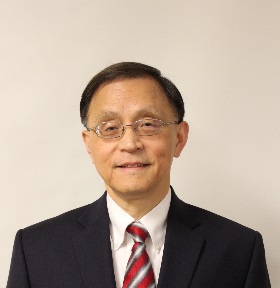AA SAMPLE INDIVIDUAL SPEAKER PAGE
Dr. Hao Huang
GE Aviation
Talk Track: Aerospace
Talk Title: Future Electrification beyond More Electric Aircraft
Biography:
Dr. Hao Huang is the Technology Chief of GE Aviation—Electrical Power. He is responsible for generating the technical directions, innovation strategies, and multi-generation product roadmaps for the GE aircraft electrical power division. He has been constantly leading and involving innovations and inventions of aircraft electrical power technologies.
Dr. Huang is an IEEE fellow and a SAE fellow. He received his Ph.D. Degree in Electrical Engineering from the University of Colorado at Boulder, Boulder, Colorado, USA in 1987. He has 30 years of experience in Aircraft Electrical Power Systems, Power Generations, Engine Starting, Power Electronics and Controls, and electric vehicle drives. Dr. Huang has had US 50 patents including pending, and he has multiple technical publications in the above-mentioned areas.
Abstract:
Aerospace is experiencing its third major technological advancement. The biggest milestone of the first major advancement was the human historic first flight by Wright Brothers in 1903, and the biggest milestone of the second was the introduction of the turbojet in 1939. The third major advancement involves the electrification of aircraft including more electric aircraft (MEA), hybrid electrical propulsion (HEP), etc. Energy conversion plays an important role in this major advancement. With this big wave of change on going, the speaker will first introduce the status, trend, advantages, and limitations of more electric aircraft (MEA), followed by a talk about the status, trend, progress, and limitations of turbo engine based aircraft propulsion. From there, he will lead a discussion on the necessity and benefits of the electrification beyond the MEA including hybrid electric propulsion, the new opportunities associated with, and the technology bricks needed to further this advancement. Finally, the challenges of the electrification beyond MEA and the relationship between HEP and MEA will be explored.

